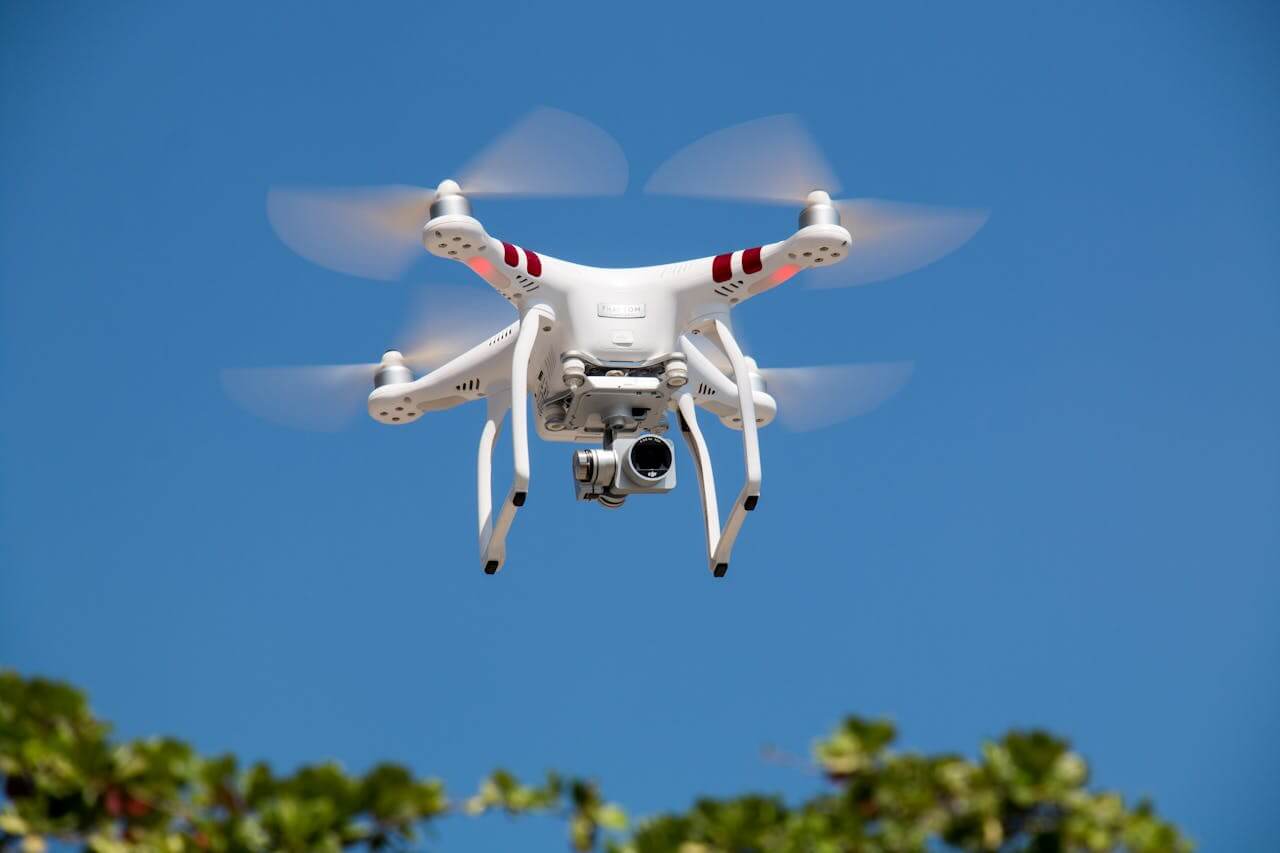Introduction: Taking Nature Photography to New Heights
From sweeping mountain vistas to hidden forest waterfalls, some scenes are simply better seen from above. Drones open up angles and perspectives that were once impossible without helicopters or climbing gear.
In this complete guide to the best drones for nature photography, you’ll learn how to choose, fly, and photograph responsibly—so you can create breathtaking aerial images while respecting the natural world.
Just starting out with cameras? Begin with our Ultimate Beginner’s Guide to Nature Photography (HD Edition) to build a strong foundation before adding drones to your kit.

1. Why Drones Elevate Your Nature Photography
Drones combine the excitement of flight with the artistry of photography. They allow you to:
- Capture dramatic perspectives—coastlines, rivers, and canyons from above.
- Reach inaccessible areas safely and efficiently.
- Create cinematic motion for both stills and video.
With the right preparation, drones become an essential tool alongside traditional cameras.
2. Key Features to Look for in a Photography Drone
Because drone models evolve quickly, focus on core features that matter over time:
- Camera Quality: At least 20 MP and 1-inch sensor for professional-level detail.
- RAW Photo Capability: Essential for high-quality editing.
- Stabilization: 3-axis gimbal for sharp photos even in wind.
- Flight Time: Aim for 25–40 minutes per battery.
- Transmission Range: Minimum 6 km (about 4 miles) to ensure reliable control.
- Obstacle Avoidance: Multi-direction sensors help prevent crashes.
- Portability: Foldable designs make hiking and traveling easier.
These criteria stay relevant even as specific drone models change.
3. Understanding Drone Camera Settings
To get the most from the best drones for nature photography, master key settings:
- Aperture: f/5.6–f/8 for landscapes and balanced sharpness.
- Shutter Speed: 1/200 sec or faster to prevent motion blur.
- ISO: Keep at 100–200 for the cleanest files.
- RAW + JPEG: Capture maximum data and a quick preview image.
Use manual mode when possible for complete creative control.
4. Flight Planning and Safety
Flying responsibly is just as important as the photos you bring home.
4.1 Check Local Regulations
Every country (and many parks) has its own drone laws. Always:
- Verify altitude limits and no-fly zones.
- Get required permits if filming in national parks or protected reserves.
4.2 Weather Considerations
Avoid strong winds, rain, or heavy fog. Even advanced drones can lose stability in bad conditions.
4.3 Pre-Flight Checklist
- Calibrate the compass and gimbal.
- Inspect propellers and battery levels.
- Confirm GPS lock for accurate positioning.
5. Composing Striking Aerial Landscapes
Composition remains king, even from the sky. Try these classic techniques:
- Leading Lines: Rivers, roads, and coastlines guide the eye through the image.
- Patterns and Textures: Forest canopies, agricultural fields, and desert dunes create natural abstract art.
- Scale: Include tiny elements like a lone hiker or boat for dramatic scale.
6. Shooting Different Environments
6.1 Mountains and Cliffs
- Fly during golden hour for long shadows that define ridges.
- Use bracketing to capture wide dynamic range.
6.2 Forests and Lakes
- Hover high enough to reveal patterns but low enough for detail.
- Add a polarizing filter to cut glare on water.
6.3 Coastlines and Beaches
- Shoot at low tide for interesting rock formations.
- Be mindful of seabirds and marine life—maintain a safe altitude.
7. Post-Processing for Drone Photography
Editing completes the creative process:
- Correct lens distortion and horizon tilt.
- Adjust contrast and vibrance for natural colors.
- Merge multiple exposures for stunning HDR landscapes.
8. Ethical and Environmental Considerations
Nature comes first. Follow these essential guidelines:
- Maintain safe distances from wildlife, especially nesting birds.
- Respect privacy and avoid flying over private property.
- Pack out all batteries and equipment to leave no trace.
For formal copyright protection of your own drone photos, review our DMCA Policy.
9. Tips for Smooth Drone Operations
- Carry extra batteries and memory cards.
- Store gear in a weatherproof backpack.
- Practice manual controls in open fields before attempting complex shots.
10. Keep Improving Your Aerial Skills
Drone technology will continue to evolve, but the fundamentals remain:
- Plan each flight with purpose.
- Monitor light and weather carefully.
- Shoot frequently to build confidence and a strong portfolio.
Explore More on NaturePhotographyHD.com
Discover more guides to sharpen your photography—on the ground and in the air:
- The Ultimate Beginner’s Guide to Nature Photography (HD Edition)
- 12 Expert Wildlife Photography Tips for Capturing Nature in Stunning High Definition
- Best Camera Settings for Landscapes, Forests, and Mountains
- Mastering Natural Light in Photography: Golden Hour, Blue Hour & Weather Effects
Ready to elevate your photography? Use these best drones for nature photography and capture the planet from an entirely new perspective.

